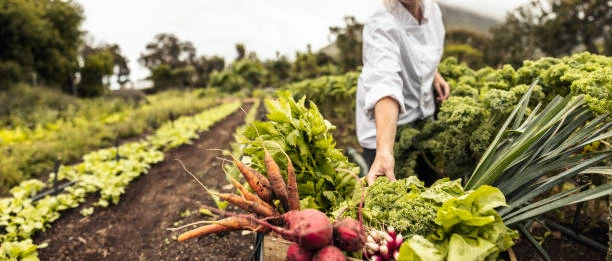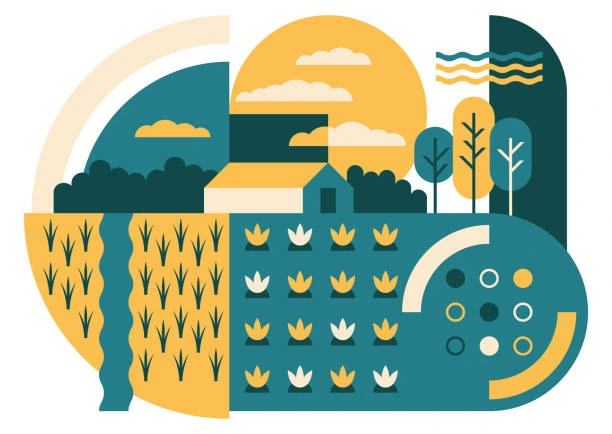Course Overview:
Introduction to Agroforestry provides a comprehensive understanding of agroforestry systems, which combine agriculture and forestry to create sustainable land-use practices. Participants will learn about the ecological, economic, and social benefits of agroforestry. The course covers various agroforestry practices such as silvopasture, alley cropping, and forest farming, focusing on their application in different climates and regions. Participants will explore how agroforestry enhances biodiversity, conserves natural resources, and supports rural livelihoods.
Duration
5 Days
Who Should Attend
- Agricultural professionals seeking sustainable farming methods
- Environmental scientists and foresters
- Rural development specialists
- Landowners and farmers interested in diversified farming systems
- NGOs and government officials working in agriculture or forestry
- Academics and students of agricultural sciences, environmental studies, or forestry
Course Objectives
By the end of this course, participants will be able to:
- Understand the principles and key concepts of agroforestry.
- Identify different agroforestry systems and their benefits to the environment, society, and economy.
- Develop strategies for integrating agroforestry into existing land management practices.
- Assess the impact of agroforestry on biodiversity, climate resilience, and food security.
- Apply agroforestry techniques to improve land productivity and sustainability.
Course Outline:
Module 1: Introduction to Agroforestry Systems
- Definition and scope of agroforestry
- History and evolution of agroforestry
- Overview of agroforestry practices (silvopasture, alley cropping, windbreaks, forest farming)
- Agroforestry in different ecological zones
Module 2: Ecological and Environmental Benefits of Agroforestry
- Role of agroforestry in biodiversity conservation
- Soil and water conservation in agroforestry systems
- Agroforestry's contribution to carbon sequestration and climate change mitigation
- Agroforestry as a tool for combating desertification and land degradation
Module 3: Socioeconomic Impact of Agroforestry
- Agroforestry for food security and livelihood improvement
- Economic benefits of agroforestry: timber, non-timber forest products, and crops
- Agroforestry and rural development
- Gender and agroforestry: Empowering women in agriculture
Module 4: Agroforestry Design and Implementation
- Designing an agroforestry system: Principles and methods
- Site selection, species choice, and spatial arrangement
- Integrating agroforestry with livestock, crop farming, and forestry
- Agroforestry policy frameworks and incentives
Module 5: Agroforestry for Sustainable Development
- Agroforestry's role in achieving Sustainable Development Goals (SDGs)
- Case studies and success stories from different regions
- Challenges in implementing agroforestry and possible solutions
- Designing an agroforestry plan for a specific region
Customized Training
This training can be tailored to your institution needs and delivered at a location of your choice upon request.
Requirements
Participants need to be proficient in English.
Training Fee
The fee covers tuition, training materials, refreshments, lunch, and study visits. Participants are responsible for their own travel, visa, insurance, and personal expenses.
Certification
A certificate from Ideal Sense & Workplace Solutions is awarded upon successful completion.
Accommodation
Accommodation can be arranged upon request. Contact via email for reservations.
Payment
Payment should be made before the training starts, with proof of payment sent to outreach@idealsense.org.
For further inquiries, please contact us on details below:






